Tsinghua University
Tsinghua University
The campus of Tsinghua University is situated in northwest Beijing on the site of the former imperial gardens of the Qing Dynasty, and surrounded by a number of historical sites.
Tsinghua University was established in 1911, originally under the name “Tsinghua Xuetang”. The school was renamed "Tsinghua School" in 1912. The university section was founded in 1925. The name “National Tsinghua University” was adopted in 1928.
The faculty greatly valued the interaction between Chinese and Western cultures, the sciences and humanities, the ancient and modern. Tsinghua scholars Wang Guowei, Liang Qichao, Chen Yinque and Zhao Yuanren, renowned as the "Four Tutors" in the Institute of Chinese Classics, advocated this belief and had a profound impact on Tsinghua's later development.
Tsinghua University was forced to move to Kunming and join with Peking University and Nankai University to form the Southwest Associated University due to the Resistance War against the Japanese Invasion in 1937. In 1946 The University was moved back to its original location in Beijing after the war.
After the founding of the People's Republic of China, the University was molded into a polytechnic institute focusing on engineering in the nationwide restructuring of universities and colleges undertaken in 1952. In November 1952, Mr. Jiang Nanxiang became the President of the University. He made significant contributions in leading Tsinghua to become the national center for training engineers and scientists with both professional proficiency and personal integrity.
Since China opened up to the world in 1978, Tsinghua University has developed at a breathtaking pace into a comprehensive research university. At present, the university has 20 schools and 58 departments with faculties in science, engineering, humanities, law, medicine, history, philosophy, economics, management, education and art.
With the motto of “Self-Discipline and Social Commitment” and the spirit of “Actions Speak Louder than Words”, Tsinghua University is dedicated to the well-being of Chinese society and to world development. As one of China’s most prestigious and influential universities, Tsinghua is committed to cultivating global citizens who will thrive in today’s world and become tomorrow’s leaders. Through the pursuit of education and research at the highest level of excellence, Tsinghua is developing innovative solutions that will help solve pressing problems in China and the world.
Located in the northwestern suburbs of Beijing, Tsinghua University was established in 1911 on the site of “Qing Hua Yuan (Tsinghua Garden)” —a former royal garden of the Qing Dynasty. Partly funded by the “Gengzi Indemnity”, also known as “Boxer Indemnity,” it functioned at first as a preparatory school called “Tsinghua Xuetang (Tsing Hua Imperial College)” for those students who were sent by the government to study in the United States.
On April 29, 1911, Tsinghua Xuetang began its first term of study, and from that year on, the Tsinghua’s anniversary has fallen on the last Sunday of April. The name was changed to “Tsinghua Xuexiao (Tsing Hua College)” after the 1911 Revolution.
In 1925, Tsinghua launched its four-year undergraduate programme. In 1928, its name was changed to “Guoli Tsinghua Daxue (National Tsinghua University),” and in the autumn of 1929 its graduate school was set up.
Following the outbreak of the War of Resistance against Japan in 1937, Tsinghua University, Peking University and Nankai University merged to form the National Southwest Associated University in Kunming. After the war, Tsinghua University moved back to its original Beijing campus.
Three years after the founding of the People’s Republic of China, a nationwide restructuring of institutes of higher education began, and in 1952, Tsinghua University became a multidisciplinary polytechnic university specializing in training engineers. In November of that year, the Ministry of Education appointed Jiang Nanxiang as President.
Since 1978, Tsinghua University has strengthened its teaching in sciences, economic management, humanities and law. In 1999, Tsinghua opened the School of Arts and Design by merging with the Central Academy of Arts and Design. In 2012, the Graduate School of the People's Bank of China (PBC) merged into Tsinghua University as Tsinghua University PBC School of Finance. Today, Tsinghua has become a world-leading comprehensive university that offers subject areas in engineering, science, economics, management, art, medicine, philosophy, law, literature, history and education. Students are provided diversified development paths to advance their critical thinking and entrepreneurship through research-based learning.
Over the past over 100 years, Tsinghua University has witnessed and shared the hardships and glories of the nation. The University’s motto of “Self-discipline and Social Commitment” has inspired many generations of Tsinghua teachers and students to struggle for the prosperity of China.
In 2017, Tsinghua officially released its "Double First-Class (First-Class University & First-Class Disciplines)" development plan. As one of China’s most prestigious and influential universities, Tsinghua is committed to cultivating global citizens who will thrive in today’s world and become tomorrow’s leaders. Through the pursuit of education and research at the highest level of excellence, Tsinghua is developing innovative solutions that will help solve pressing problems in China and the world.
Timeline
1911 Founding of "Tsing Hua Imperial College", later changed to "Tsing Hua College" (preparatory school for students to study in the USA)
1925 Launching of four-year undergraduate programme
1928 "National Tsinghua University" is set up with 16 departments in four schools: the Liberal Arts, Law, Sciences, and Engineering
1937 Tsinghua moved to Changsha, merging with Peking University and Nankai University to form "Changsha Temporary University"
1938 Moved to Kunming, changing its name to "National Southwest Associated University"
1946 Returned to the original campus, "Qing Hua Yuan (Tsinghua Garden)", in Beijing, and founded the School of Agriculture
1952 Restructured as a polytechnic university after the nationwide restructuring
1978 Nationwide College Entrance Examination is resumed
1984 Establishes the first Graduate School in China.
― School of Economic Management is formed out of the existing department of management engineering.
― School of Sciences resumes on the basis of science departments.
1985 First School of Continuing Education opens in China
1988 Establishes School of Architecture
1993 Former departments and research institutes in the humanities and social sciences merged as School of Humanities and Social Sciences
1994 Establishes School of Information Science and Technology
1996 Establishes School of Mechanical Engineering
1999 School of Law reopens Establishes School of Applied Sciences and Technology Establishes Academy of Arts and Design by merging with the Central Academy of Arts and Design
2000 Establishes School of Civil Engineering Establishes School of Public Policy and Management.
2001 Establishes School of Medicine
2002 Establishes School of Journalism and Communication
2003 Merges Huaxin Hospital and Yuquan Hospital into Tsinghua
2004 Establishes School of Aerospace
2006 Peking Union Medical College changed its name to "Peking Union Medical College (Division of Medicine, Tsinghua University)"
2008 Establishes School of Marxism
2009 Establishes School of Life Sciences
2011 Centenary Celebration
― Establishes School of Environment
2012 PBC School of Finance, School of Humanities, School of Social Sciences, School of Materials Science and Engineering established
2015 School of Pharmaceutical Sciences established Schwarzman College established
2016 Department of Earth System Science established School of Clinical Medicine established
2017 Department of the History of Science established
2019 Department of Astronomy established School of Vehicle and Mobility established


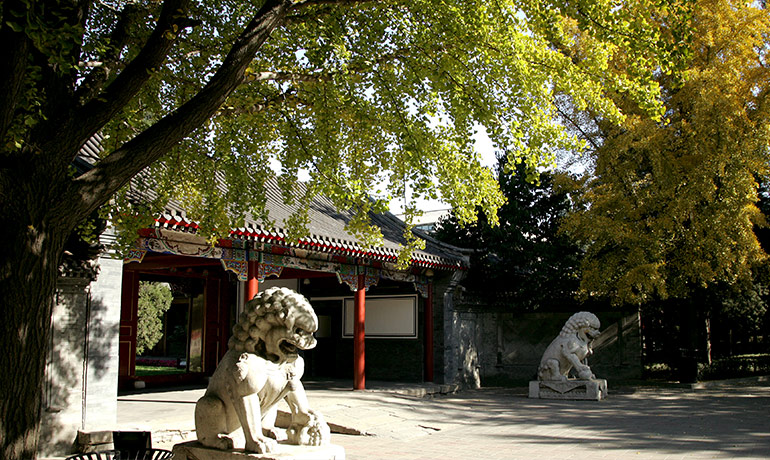

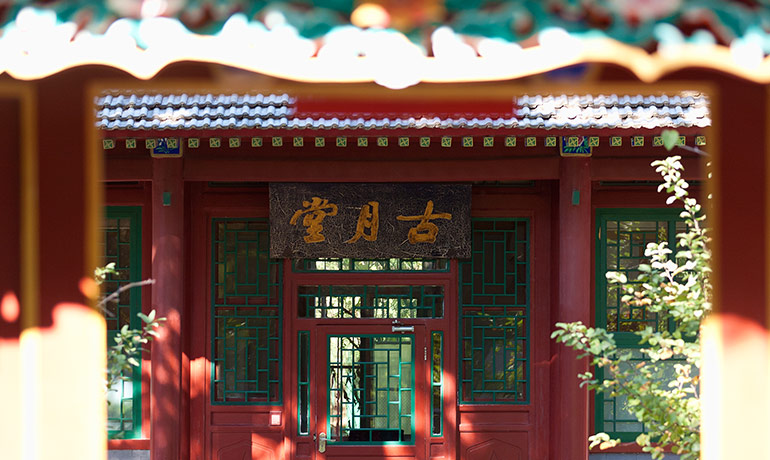
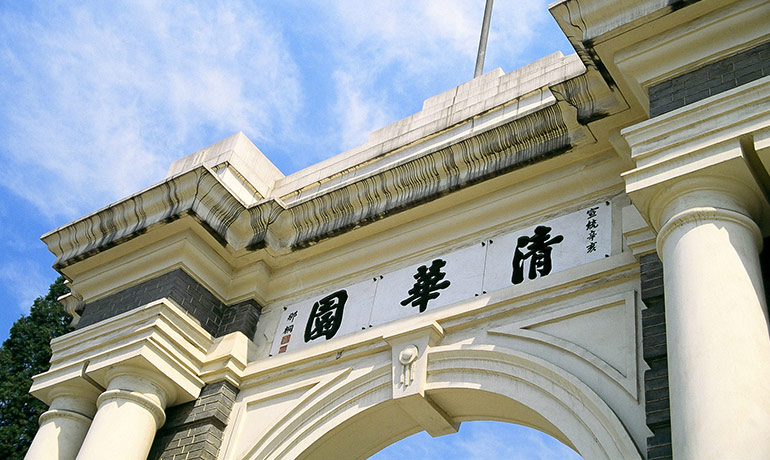

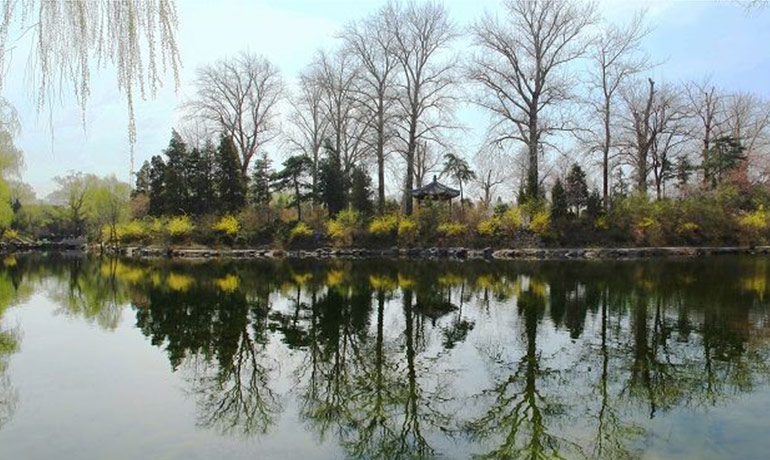

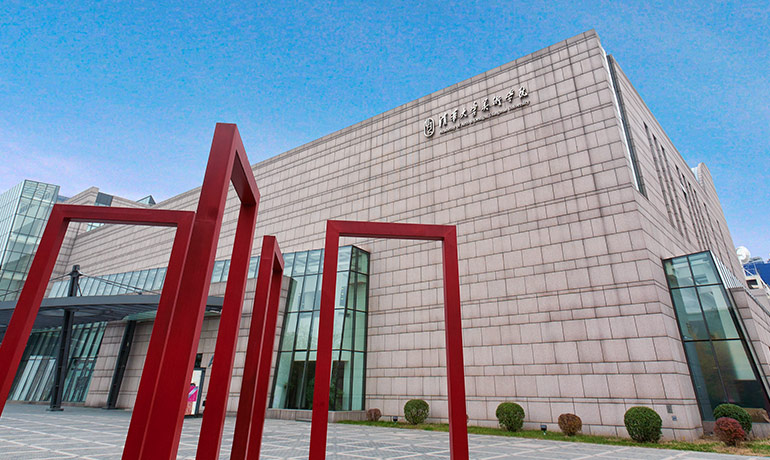

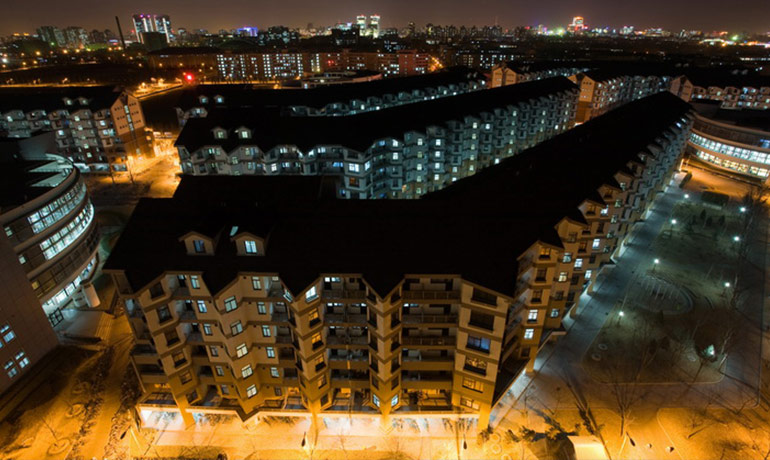
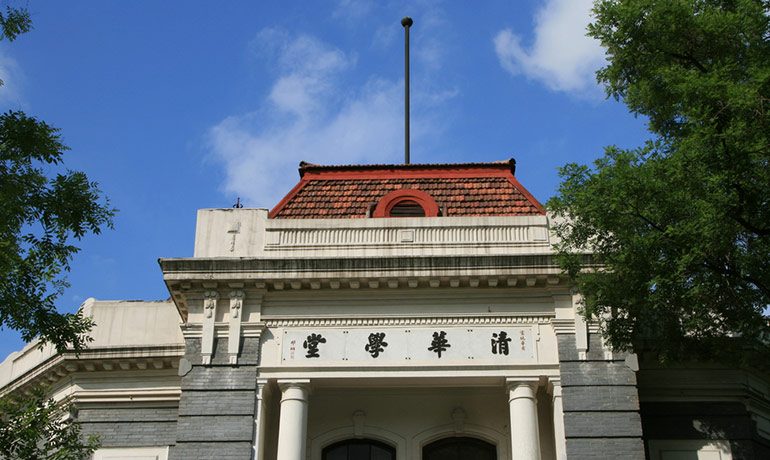



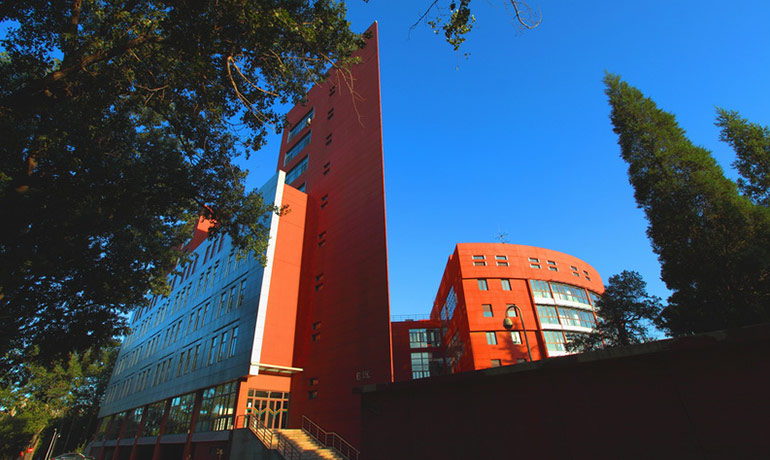
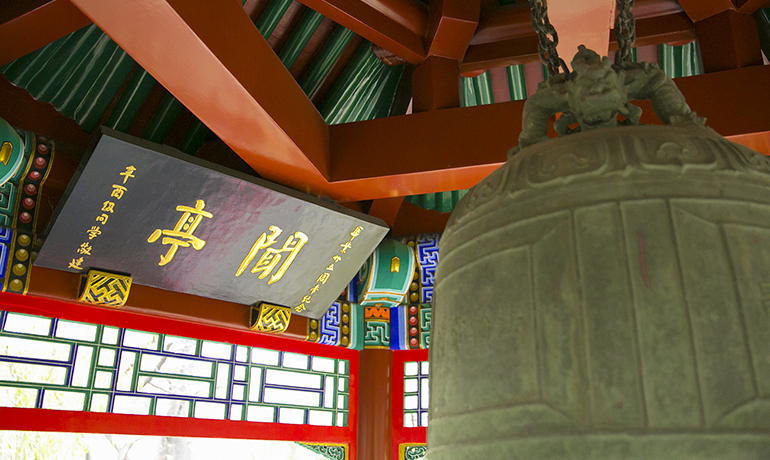
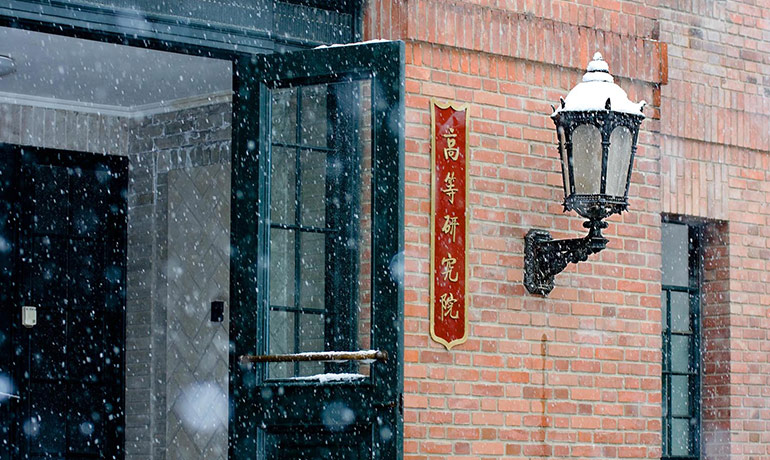

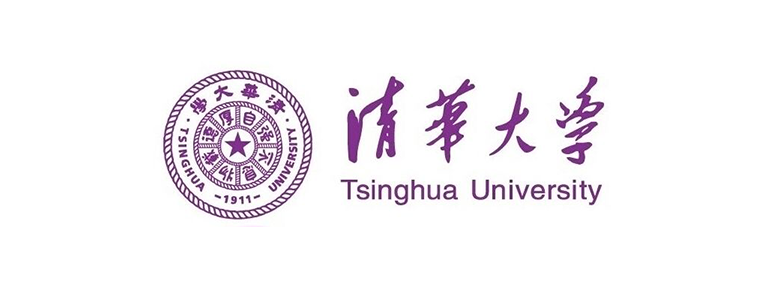
-
1.The Bund
The Bund, located on the Huangpu river bank in Huangpu District, Shanghai
Time 2018-10-12 -
2.Tiger Leaping Gorge
Tiger Leaping Gorge, known as "danger", is one of the deepest canyons in China
Time 2018-10-17 -
3.Steamed Abalone with Sharks Fin and Fish Maw in Broth
Buddha jump wall, and the name of the altar full of fragrance, Fu Shing, is a famous local cuisine in Fuzhou, Fujian, belonging to the Department of Fujian cuisine. According to legend, it was develop
Time 2018-11-02 -
4.Yueyang Tower and Junshan Island Scenic Area
Junshan Island, formerly known as Dongting Mountain, Xiangshan Mountain and Youyuan Mountain, is located in the territory of Yueyang City. It is an island in Dongting Lake, 800 li away from Yueyang To
Time 2018-12-12 -
5.the Capital Cities and Tombs of the Ancient Gaogouli Kingdom
Gaogouli is located in Ji'an City, Jilin Province. It includes domestic cities, Wandu Mountain City, 14 Royal mausoleums and 26 noble tombs. Domestic city and Wandu Mountain City
Time 2019-01-12 -
6.Traditional archery
The traditional bow is an ancient invention consisting of three parts: wood, horn and tendon. The manufacturing process is complex and the materials used are various, and the workmanship and material
Time 2019-04-19 -
7.Ou sculpture
Ou sculpture, commonly known as color oil-pickle sculpture, also known as "color relief", is a unique folk art in Wenzhou, Zhejiang Province, one of the local traditional arts and crafts. It
Time 2019-06-08 -
8.Han Xin
Han Xin (about 231 - the first 196). The Warring States period Han Xiang Wang Ji Kun Shu sun, in order to avoid the military strategist with the same name, Huaiyin Hou Hanxin Mixed up, historical book
Time 2019-09-07 -
9.Wenchuan earthquake epicenter site
The earthquake site, located in Yingxiu Town, Wenchuan, Sichuan Province, is open all day.
Time 2020-11-07 -
10.Collection value of Chinese embroidery
Mr. Chen, a fan of antique collection, bought a silk embroidery at Fuzhou flea market for more than 10000 yuan 19 years ago, which is worth at least 300000 yuan by 2008. This embroidery, about 1.8 meters long, has a dark red background, with butterfly
Time 2020-12-12 -
11.Meishan social security
In 2019, 2.0419 million people participated in basic endowment insurance for urban and rural residents, 2.676 million people participated in basic medical insurance for urban and rural residents, 297500 people participated in work-related injury insuranc
Time 2020-12-18 -
12.Yibin medical and health
By the end of 2019, there are 5120 medical and health institutions in Yibin City, including 135 hospitals (102 private hospitals); 4945 primary medical and health institutions, including 177 township health centers, 46 community health service centers (stations),
Time 2020-12-18